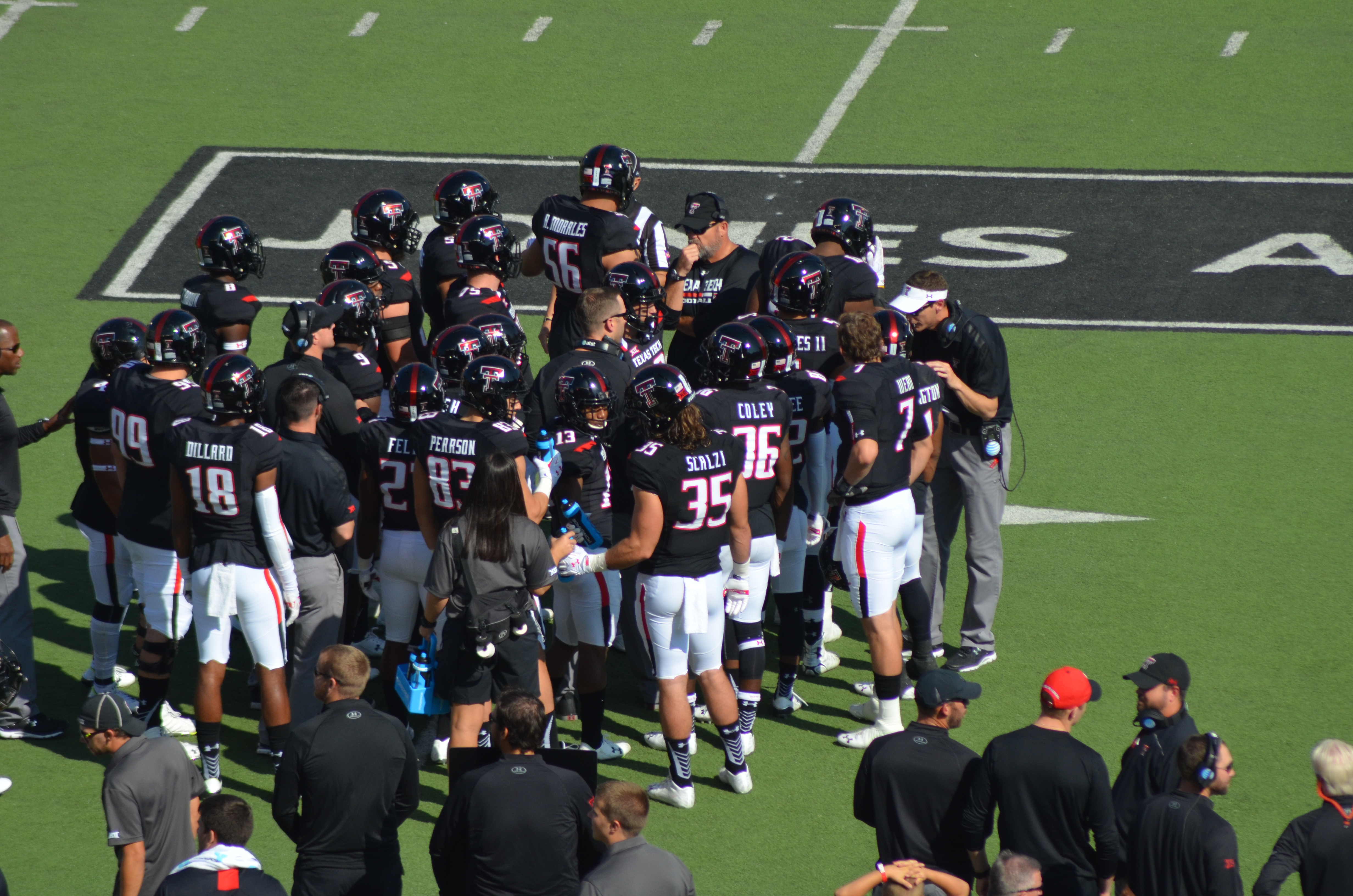My grandfather had sparkling blue eyes and an infectious, cherubic smile. He grew up in New England, but after several stops (including a brief stint in Afghanistan), he settled his young family in Alpine, Texas. And no matter how long he lived at the foot of the Rocky Mountains–deep in the heart of cowboy country–he never lost his heavy “New Hampsha” accent. He was a professor at Sul Ross and for a variety of reasons the cowboys loved him. In fact, he was posthumously inducted into the Sul Ross Rodeo Hall of Fame in 2011, and I’m not sure he ever mounted a horse in his life.
We visited my grandparents often as kids, making the five hour drive from Lubbock to far West Texas. Without fail and in short order, he’d get tired of the commotion around the house and load us up in his baby blue Lincoln to go for a drive.
More often than not we’d wind up in the middle of nowhere as he’d pull the Lincoln off the highway to watch a herd of antelope grazing off in the distance of some vast prairie. Once stopped he’d reach over into the glove box, pull out a shaker of salt, and hand it to me.
“Run out they-ah and pour salt on they-ah tails,” he’d say.
We’d scramble out of the “cah,” awkwardly negotiate the fence (often barbed wire) intended as deterrent and as a marker of settled land, and chase wildly after wild animals, never really understanding why. The dream of pouring salt on the bushy tail of such nimble game was enough to send us rambling along.
According to my grandfather, pouring salt on an antelope’s tail would render him useless, allowing a bunch of tweeners to claim ownership of their newly conquered foe. We never quite thought through the reliability of such a theory, nor did we consider what we’d do with a captured, live, large and likely very angry wild animal. All we wanted to do was get close enough to pour salt on his tail and wait for the magic to happen.
In many ways I imagine my grandfather’s theory to be the same approach taken by coaches, particularly those at the college level. Charged with motivating a hundred kids to be prepared to handle the challenges thrown at them every Saturday is yeoman’s work. In effect they are tasked with convincing 18 and 19 year-olds to pour salt on the tail of an antelope, and the reward for doing so will be glorious yet still unknown. You’re not randomly chasing after a herd of antelope, you’re hoping to pour salt on one of their tails. Some weeks convincing them of such a Quixotic task works better than others.
On Monday, Texas Tech head coach Kliff Kingsbury was asked about his team’s preparation ahead of last Saturday’s less than stellar performance against the Kansas Jayhawks. “I thought we practiced fairly well during the week,” he said. “We just — that day, I just didn’t like the vibe during warm-ups. Didn’t like how we started the game. Once again, defensively, I thought it was fine. I thought we did a good job and won the game for us. Offensively, never got it going.”
So in the days leading up to the much anticipated game against Oklahoma and all the Baker baggage that comes with it, Tech fans are rightly concerned that the lackluster effort last week will continue to linger in Norman. Patrick Mahomes seemed disinterested at best. Receivers had drops, the defense continued to struggle and the offensive line play was abysmal. If those tendencies carry over, it could be ugly by 3pm on Saturday.
Perhaps I’m in the minority, but I don’t believe that will be the case. The team that takes the field in Norman will be appropriately motivated to play. Whether that will be enough is yet to be determined. But simplifying things, redirecting a hundred kids toward a common goal is the first step in the midst of a seemingly unending grind. Sometimes that involves convincing them to believe in something that seems unbelievable; it involves convincing them to buy into an idea that not many would.
Because while chasing random antelope sounds improbable and boring, pouring salt on his tail seems majestic and, most importantly, strangely possible. Accomplishing either task yields the same result but only one seems to be easier–and much more fun– to try to do.
In a quiet moment when I was older, I asked my grandfather why pouring salt on the tail of an antelope would magically allow me to claim him as my own. “If you get close enough to pouah salt on his tail, you-ah close enough to grab him.”








